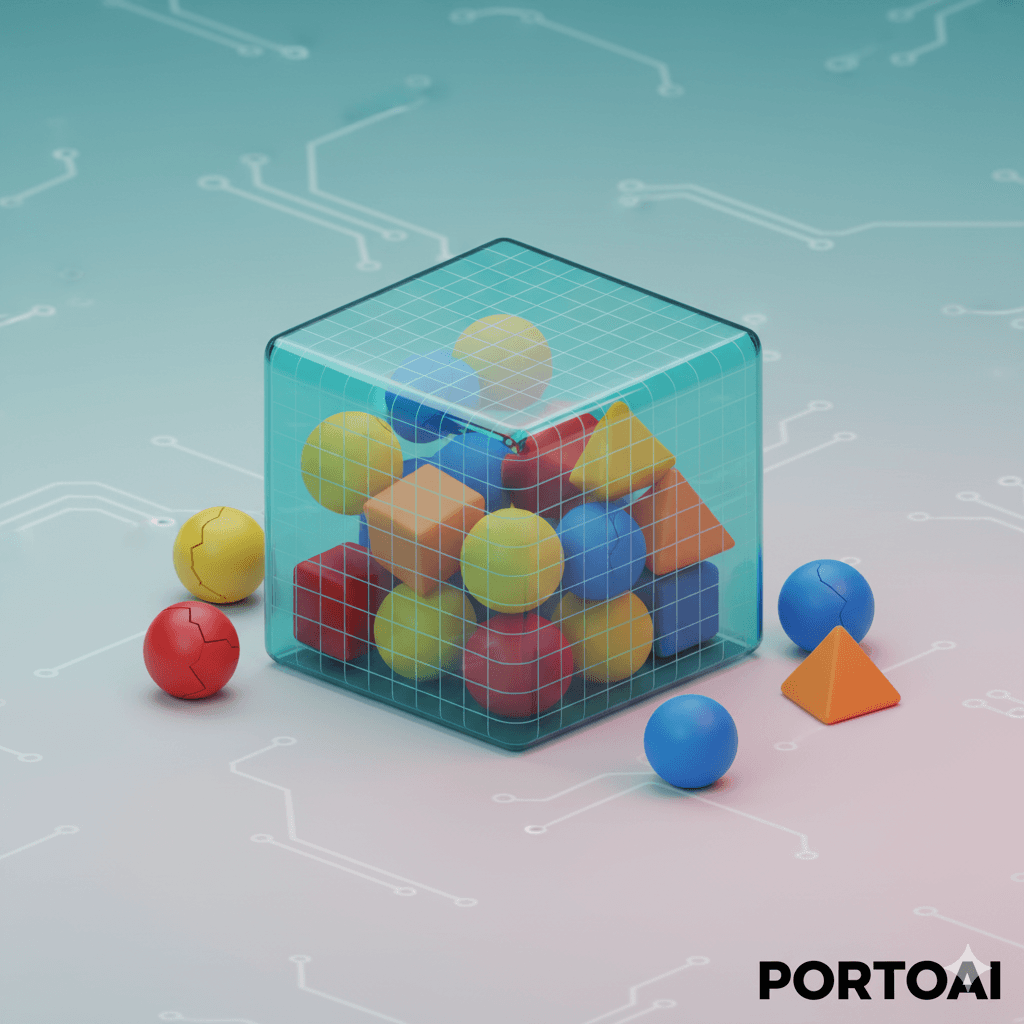What is Options Trading Lot Size? A Definitive Guide

Venkateshwar Jambula
Lead Market Researcher
3 min read
•Published on September 5, 2024
•Understanding Options Trading Lot Size: A Comprehensive Guide
In the complex world of financial markets, derivatives like options and futures play a crucial role. These instruments derive their value from underlying assets such as stocks, commodities, and currencies, and their trading occurs on regulated exchanges. A fundamental concept that governs these trades is the lot size, a standardized quantity defined by F&O exchanges.
What Exactly is a Lot Size in Options Trading?
A lot size in futures and options trading represents the minimum quantity of underlying assets that must be traded within a single contract. Regulatory bodies like the Securities and Exchange Board of India (SEBI) establish these lot sizes for all stocks and indices available for trading on F&O exchanges. For instance, the lot size for the Nifty 50 index is typically 50 shares, meaning any options trade on the Nifty 50 must be executed in multiples of 50.
The total value of an options contract is calculated by multiplying its lot size by its current trading price. For example, if a Nifty 50 options contract has a lot size of 50 shares and its trading price is ₹7,500, the total contract value would be 50 * ₹7,500 = ₹3,75,000.
The Role of SEBI in Lot Size Determination
SEBI plays a pivotal role in setting and revising lot values. Initially, when futures and options trading commenced, the notional lot value was capped at ₹2 lakh. Subsequently, SEBI adjusted lot sizes to ensure the notional value exceeded ₹2 lakh when multiplied by the market price. This measure was designed to deter excessive speculative trading by smaller retail investors, thereby mitigating the risk of substantial losses.
As economic conditions evolved and purchasing power increased, SEBI revised the notional lot value to ₹5 lakh in 2015. For newly introduced F&O instruments, the target notional value is often set around ₹7.5 lakh, with lot sizes for individual stocks generally falling within the ₹5-10 lakh range. SEBI monitors these values and intervenes to revise lot sizes when they significantly deviate from the established benchmarks.
Why are Lot Sizes Modified Periodically?
SEBI periodically reviews and adjusts lot sizes to maintain a reasonable notional value, especially when stock prices undergo significant fluctuations. Consider a scenario where a stock has a lot size of 1,000 shares and is trading at ₹225 per share, resulting in a lot value of ₹2.25 lakh. If the trading price surges to ₹620 per share, the lot value escalates to ₹6.20 lakh. Such a substantial divergence from the intended notional value might prompt SEBI to reduce the lot size, perhaps to 300 shares, bringing the lot value down to ₹3 lakh and better reflecting the market dynamics.
Conversely, in instances of stock price corrections, SEBI may increase the lot size to maintain the target notional value. These adjustments ensure that futures and options contracts remain relevant and aligned with market conditions.
The Purpose of Standardization Through Lot Sizes
Trading F&O contracts in standardized lot sizes serves a critical purpose: market standardization. This standardization extends to various aspects, including:
- Contract Expiry: Most futures and options contracts expire on the last Thursday of each month.
- Contract Tenures: Futures and options across indices are available with 1, 2, and 3-month tenures.
- Lot Sizes: Fixing lot sizes for stocks in F&O trading is a primary method of standardization.
This uniformity simplifies trading, enhances liquidity, and provides a predictable framework for market participants.
Leveraging Data for Confident Trading Decisions
Understanding lot sizes is crucial for navigating the F&O market effectively. It influences contract valuation, risk exposure, and trading strategy. For sophisticated investors seeking a definitive edge, analyzing market data with precision is paramount. PortoAI's Market Lens provides advanced tools to dissect derivative markets, helping you understand contract specifications, assess potential risks, and identify opportunities with greater clarity. By synthesizing vast amounts of data, PortoAI empowers you to make informed, data-driven decisions, moving beyond speculation towards disciplined, intelligent investing.
Disclaimer: This article is for educational purposes only and does not constitute investment advice. Securities and investment products mentioned herein are not recommendations.
Explore Further:
- HDFC Bank Option Chain
- ITC Option Chain
- Crude Oil Option Chain
- Nifty Trader Option Chain
- Bank Nifty Option Chain
- Finnifty Option Chain
- Midcap Nifty Option Chain
- Natural Gas Option Chain
- Reliance Option Chain
- SBI Option Chain
Blog
Investment Insights and Tips
Explore our latest investment strategies and insights.

Commodities
What is a Quote-Driven Market? Understanding Dealer Markets Explained
A quote-driven market refers to a type of financial market structure in which market participants trade through market makers who quote bid and ask prices for securities. Market makers play a crucial ...
Venkateshwar Jambula
September 28, 2024
•4 min read

Stocks
What is Swing Trading? A Data-Driven Guide for Investors
Swing trading is a method of trading where a market participant takes a position for a couple of days to a couple of weeks to take advantage of short- to medium-term price swings. This is done to capt...
Venkateshwar Jambula
September 28, 2024
•4 min read

Commodities
What is On-Balance Volume (OBV)? A Trader's Guide to Momentum
On-Balance Volume (OBV) is a technical analysis indicator that predicts the change in a stock’s price through its volume flow. When trading financial securities, price and volume are considered two ke...
Venkateshwar Jambula
September 28, 2024
•4 min read

Commodities
Master Algorithmic Trading: Strategies & AI Insights
Algorithmic trading is a method of automating trades based on pre-programmed instructions. Think of it like using an algorithm for intraday trading where it can automate trading decisions and swiftly ...
Venkateshwar Jambula
September 28, 2024
•6 min read